Scientific name Gypsophila | Rank Genus | |
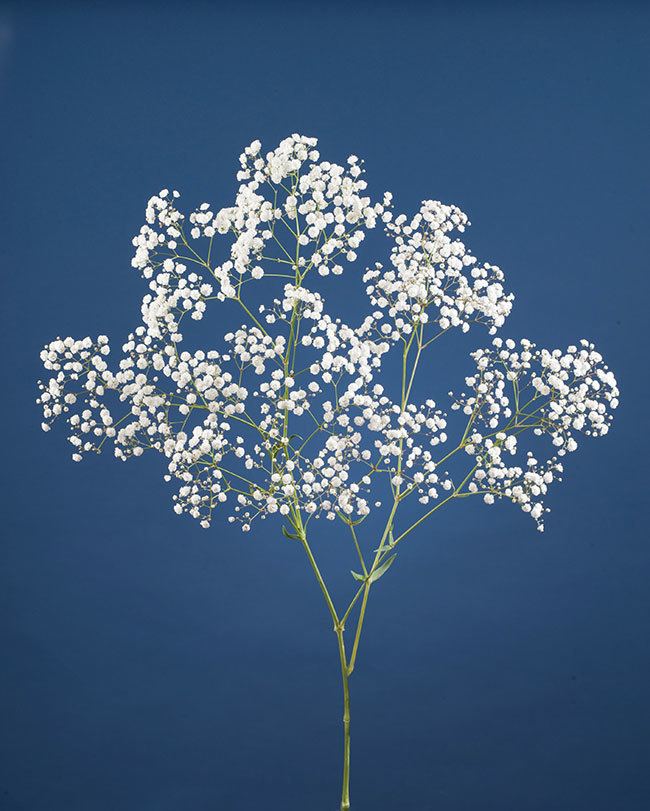 | ||
Lower classifications Gypsophila paniculata, Gypsophila elegans, Gypsophila muralis, Gypsophila repens | ||
Gypsophila /dʒɪpˈsɒfɪlə/ is a genus of flowering plants in the carnation family, Caryophyllaceae. They are native to Eurasia, Africa, Australia, and the Pacific Islands. Turkey has a particularly high diversity of Gypsophila taxa, with about 35 endemic species. Some Gypsophila are introduced species in other regions.
Contents
- Gardening tips how to grow annual baby s breath gypsophila elegans
- Description
- Uses
- Ecology
- Selected species
- References
The genus name is from the Greek gypsos ("gypsum") and philios ("loving"), a reference to the gypsum-rich substrates on which some species grow. Plants of the genus are known commonly as baby's-breath, a name which also refers specifically to the well known ornamental species Gypsophila paniculata.
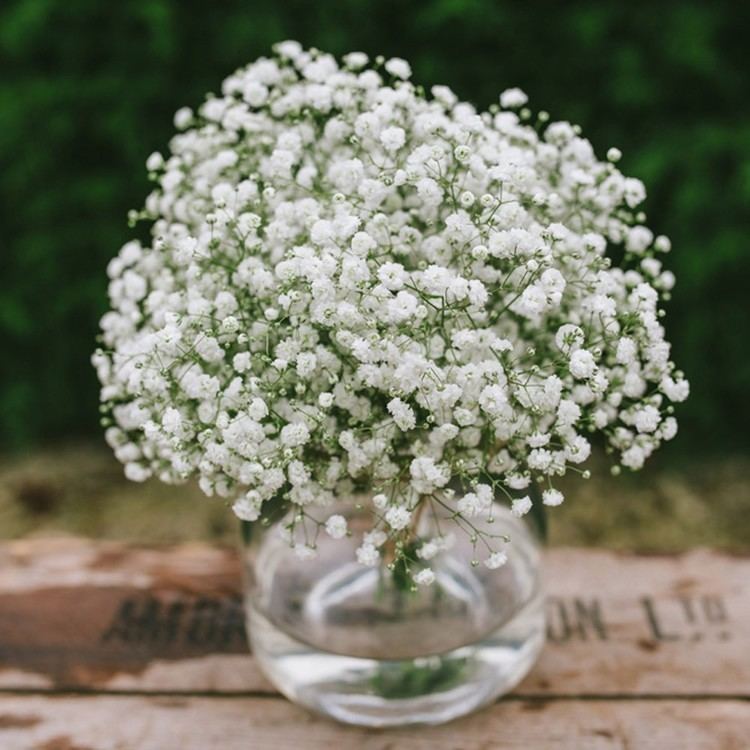
Gardening tips how to grow annual baby s breath gypsophila elegans
Description
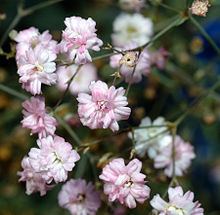
Gypsophila are annual and perennial herbs often growing from a thick taproot or a branching caudex, sometimes with rhizomes. The stems are usually erect and branching or sprawling, or in a few species prostrate along the ground. The leaves are variable in shape. The inflorescence is usually a cyme or a thyrse, branching intricately. Each small flower has a cup-like calyx of white-edged green sepals containing five petals in shades of white or pink. The fruit is a rounded or oval capsule opening at valves. It contains several brown or black seeds which are often shaped like a kidney or a snail shell.
Uses
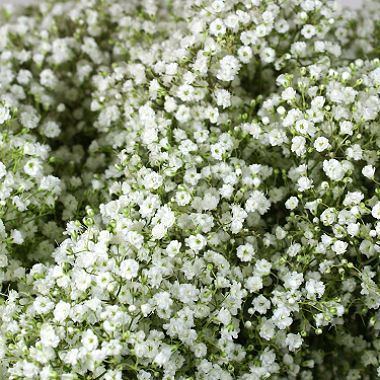
A few species are commercially cultivated for several uses, including floristry, herbal medicine, and food. The baby's-breath most commonly used in flower arrangements such as bouquets is the common gypsophila, G. paniculata. G. elegans is also used as a cut flower.
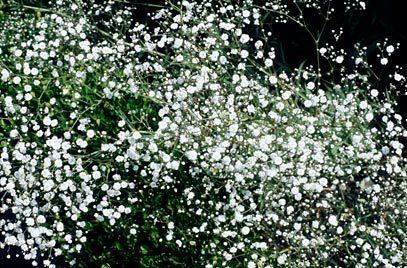
The genus is a source of saponins that can be used for many purposes, including the production of photographic film and hemolytic laboratory reagents. Their detergent qualities make them useful in soap and shampoo.
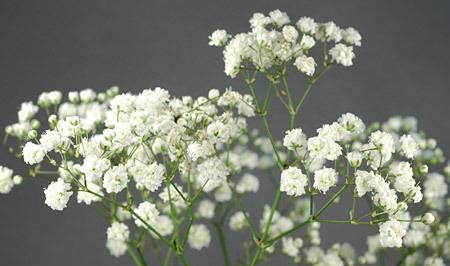
G. rokejeka is used to make the dessert halva. Species are also ingredients in liqueur, cheese, and ice cream, providing flavor, aroma, and crispness to foods.
Several species are hyperaccumulators of boron, and may be planted to absorb the element from polluted soils.
Ecology
Some species are known as weeds, including the "aggressive ornamental" G. paniculata, which invades habitat and competes with native flora.
Selected species
There are about 150 species in the genus.
Species include:
